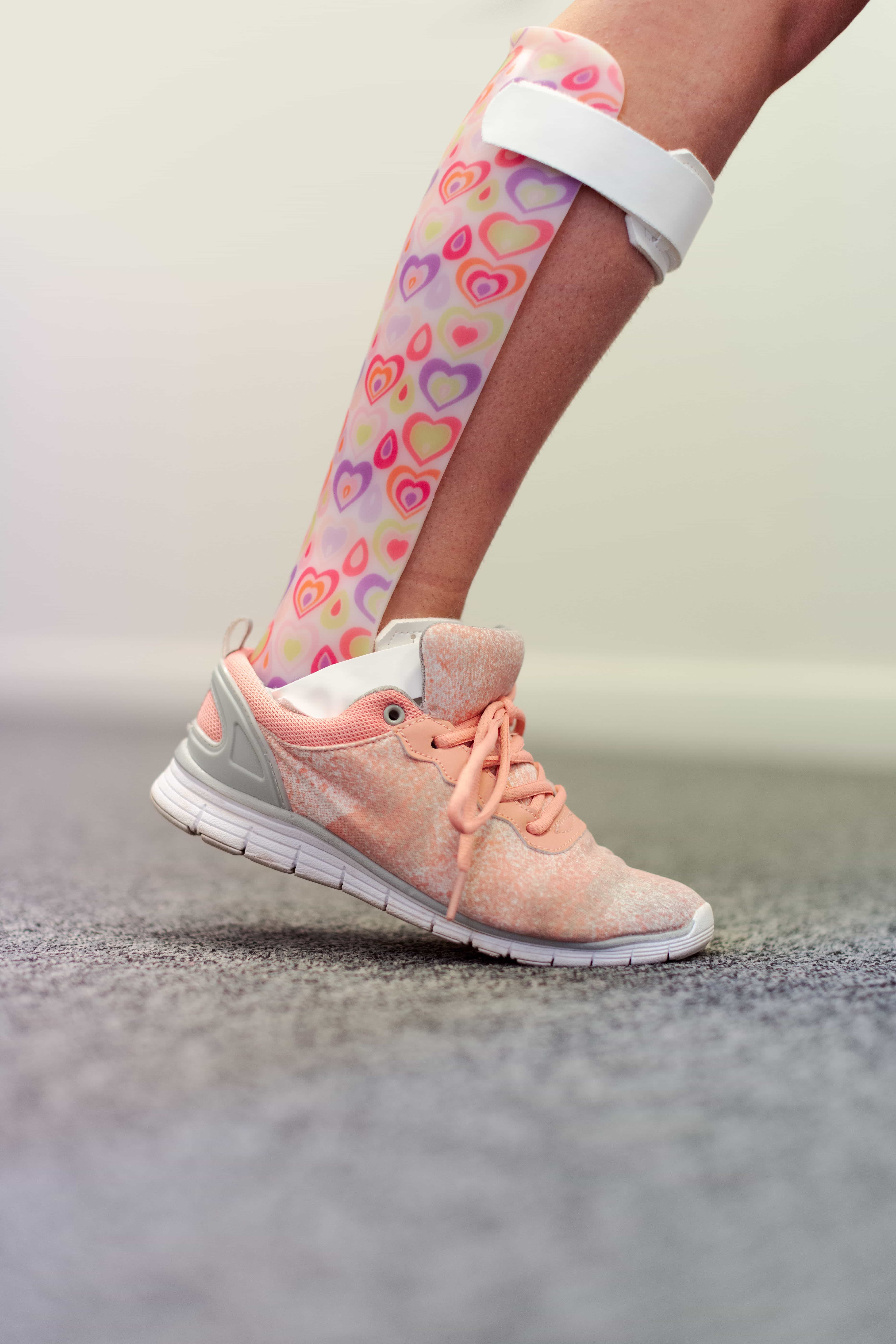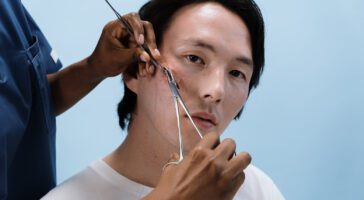Urgent Care
Diagnosis, treatment, and services for your everyday medical needs such as flu shots and lab work.
Feb 16, 2023

Broken bones are no joke. Injuries like breaks and fractures can have long-term effects if gone untreated and for children, they are that much more serious. Kids are known to horse around, rambunctiously playing without thinking about the consequences which can, unfortunately, lead to sustaining one of these injuries. Thankfully, casting and splinting have given us the ability to heal back to our healthy selves. They help to immobilize the injured limb to keep the bone in place until it fully heals. Of course, everyone has either had or knows someone who has needed a cast or splint, still, they are important to learn about just in case you or your child may need one someday.
Casts and splints are orthopedic devices that are used to protect, and support broken or injured bones and joints. Casts are usually made from fiberglass or plaster and splints are what you would call half-casts and provide less support than casts. Casts differ from splints because they supply more support and safety for a limb that is injured or broken.
Splints provide less support than casts, but the good thing is that they are faster and easier to use. Splints also can be tightened or loosened easily if the swelling in the arm or leg increases or decreases. Ready-made or “off-the-shelf” splints are available in many different sizes and shapes and in more unique cases, custom-made splints are required.
Simply put, casts and splints are used when a bone is broken and can also be used following orthopedic surgery. Sometimes splints are used immediately following an injury due to swelling of the injured area. After the swelling goes down, then a full cast might be applied to the injured limb. Sometimes a cast might have to be swapped during the healing process if the wounded area becomes less swollen and the cast gets looser. If this does happen, the cast might be replaced with a splint to provide more flexibility.
It may not seem important to know, but understanding the types of casts and splints that are available and what they are made of can not only improve your child’s healing process but can also potentially harm your child depending on if they have allergic reactions to specific chemical compounds.
Casts are partly made from fiberglass or plaster, which form the solid layer that protects the injured limb and keeps it restrained. Fiberglass has several advantages compared to plaster. It’s light, making the cast weight loss and comfortable. Fiberglass is the better choice in case the limb must be X-rayed during the healing process, and they are also available in a variety of colors that your child can choose from!
Your child’s cast may or may not be waterproof. The outside of most casts are made of waterproof fiberglass, but the inside liner must also be made of waterproof fabric in order for the cast to be waterproof. Your child’s healthcare provider will tell you which cast they have.
Typically, waterproof liners are breathable, and they transfer moisture away from the skin by letting water pass through and drain out which allows air to go into the cast and dry the skin.
Non-waterproof liners are used if your child is allergic to the waterproof liner. These will soak up water and take much longer to dry.
It’s important to investigate problems with blood circulation in the injured limb. A good strategy to use is checking the fingers or toes of the injured limb every day. The fingers or toes should have no swelling or changes in skin color. If you press on a nail bed until it turns white, the color should return to normal within 3 to 4 seconds after you take your finger off the nail. The fingers and toes should not be pale or bluish the temperature of the fingers and toes should feel warm. Also, check the skin around all edges of the cast each day for red, dry, swollen, cracked, blistered, or bleeding areas.
Your healthcare provider will remove the cast with a special cast saw when the bone has healed appropriately. The cast saw has a flat, rounded metal blade that vibrates. But don’t worry! The saw can cut through the cast without injuring the skin underneath. Your child’s physician will then cut the cast in several places, usually along both sides of the cast. After this, the cast will spread and open and a special tool is used to lift it off. Scissors are used to cut through the protective padding and stockinette layers which then are removed.
Complications can range from minor to severe and may vary according to the length of time that the cast is worn. It is best to speak to your child’s healthcare provider if you feel that the cast or splint is causing them harm.
Pressure sores are one injury that may occur. These are sores that develop on the skin under the cast. This can happen because the cast was too tight or did not fit correctly, causing excess pressure on one area.
There is also something called Compartment Syndrome. This is a complication caused by a tight or rigid cast that constricts a swollen limb. When the pressure inside the cast builds, it can cause damage to the muscles, nerves, or blood vessels in the space covered by the cast. The damage may be permanent if it is not discovered and treated promptly. Call your child’s healthcare provider or visit the emergency room immediately if you notice that your child has numbness or tingling in the affected limb, cold or pale skin, burning or stinging, or increased pain or swelling.
Even though we live in a world where your child can receive a cast or splint and make a full recovery, it is still important to promote safe play and educate them on how to protect themselves. Kids love to mess around and sometimes that leads to an injury, but this is no reason for them not to still be their energetic selves. The good news is that if your child does wind up needing a cast or splint, the experts at Chai Care will always be here to supply your little one with a perfectly mounted cast or splint!
* Legal disclaimer: The content of this article and the entire Chai Care blog is for educational purposes only; it does NOT constitute medical advice and must not be considered as such. Please consult a medical professional regarding any symptoms or health concerns you or your loved ones.

Nobody wants to spend hours sitting in a crowded emergency room, especially when you or your loved ones…

In today’s fast-paced world, time is a precious commodity, especially when it comes to healthcare. At Chai Care,…

Healthcare is the cornerstone of a thriving society, and at Chai Care, we firmly believe that it should…

In the fast-paced world of urgent care, every moment counts. When patients walk through our doors at Chai…

Major or small, we can all think back to a time when we cut, scraped, or grazed ourselves.…

Kids are bound to injure themselves at some point or another. Sometimes it’s a broken bone after taking…

There is no other way of saying it, but we all poop. It’s something every person does and…

All kids get a fever at some point or another. This may sound like a bad thing, but…